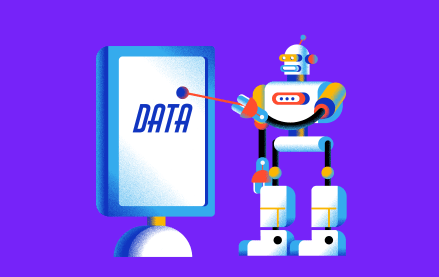
Nike has long been the epitome of the brand marketer, creator of iconic campaigns like “Bo Knows” and “Just Do It.” But for years now, Nike has shifted away from the top-down traditional media approach. The seminal moment in this can probably be traced back to 2007, when Nike Marketing Chief Trevor Edwards declared in The New York Times, “We’re not in the business of keeping the media companies alive.” Translation: We can build direct connections with consumers. Nike’s walked the walk, according to a Fortune feature article, cutting TV ad spending 40 percent over the last three years. Nike Plus was the shining example of that. Now Nike is doubling down on the Plus approach with Nike Digital Sport, which has given birth to the ambitious FuelBand, a wristband that collects all manner of data relating to the wearer’s activity.
The reason for the shift is simple: Nike is going where its customer is. And its core customer, a 17-year-old who spends 20 percent more on shoes than his adult counterparts, has given up television to skip across myriad online communities. Not only does Nike think it can do without the mega-TV campaigns of old, it says the digital world allows the brand to interact even more closely with its consumers—maybe as closely as it did in its early days, when founder Phil Knight sold track shoes out of his car in the 1960s. That’s a major change, Nike CEO Mark Parker explained to Fortune during a recent interview in his tchotchke-filled office in Beaverton, Ore. “Connecting used to be, ‘Here’s some product, and here’s some advertising. We hope you like it,'” he says. “Connecting today is a dialogue.”
Read the full Fortune article on its website.
More in Media

Here are the biggest misconceptions about AI content scraping
An increase in bots scraping content from publishers’ sites represents a huge threat to their businesses. But scraping for AI training and scraping for real-time outputs present different challenges and opportunities.

How Future is using its own AI engine to turn deeper engagement into ad dollars
Future is betting on AI to boost recirculation – and make that stickier audience more appealing to advertisers.

Substack’s video bet could be a growth hack for small creators
Video is helping smaller creators on Substack grow their subscriber numbers faster — but larger creators aren’t experiencing the same boost.





